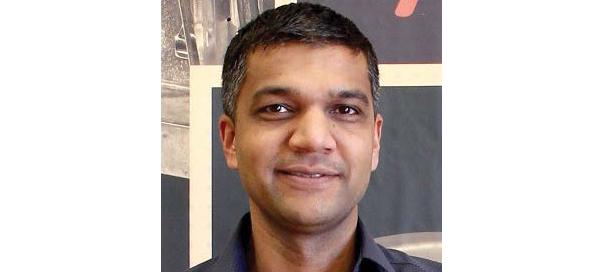BY SUMAN SINGH
CEO, Bajaao.com
In the late 1990s and early 2000s, a revolution was brewing. In garages and pubs across the country, a new generation of musicians was emerging – one that chose artistic freedom over commercial viability. Independent bands like Parikrama, Indus Creed, Indian Ocean, Zero and Pentagram ignored market trends to blaze their own path, in the process creating the space for what we now call ‘Indie music’.
Originally an umbrella term conjured up to include any music that was produced independently, ‘Indie music’ has now moved away from that ambiguous definition to a more structured space. It now has various sub-genres including Indie rock, Indie pop, and even Indie electronica, all characterized by a willingness to experiment and create music that pushes the envelope.
We have come a long way from low paid (or often unpaid) club gigs and college competitions to dedicated three-day music festivals, and TV channels. However, the industry is still in its early years, and the road to Indie stardom is fraught with struggle. The lack of adequate remuneration and resources has led many an independent musician to trade in creative freedom for the financial security of a career in Bollywood or the advertising industry.
Infrastructure is yet another issue, as music companies hesitate to invest in new talent unless returns are guaranteed, and marketing campaigns are restricted due to budgets. The lack of good venues and an established touring circuit also prevents many bands from reaching their full potential. A flip side to working independently is the ever-present threat of being side-lined by mainstream artistes with massive marketing budgets. Making a mark in an established field is a big challenge for new artistes who generally start out in their bedrooms or garages. However, despite these concerns, the independent music scene continues to make big strides. Not working under anyone lets the artistes explore and experiment with compositions that are unique and gives them flexibility, independence, and control over their music. This quality has indeed struck a chord amongst the audience, and as more and more artistes deviate from the mainstream labels, going independent has become the choice du jour. There is also a new breed of young entrepreneurs – label heads, artiste managers, event promoters - that is hard at work building the infrastructure and economy needed to support and encourage upcoming artistes through their musical journey. The fresh, original, and experimental nature of Indie music was a contributing factor towards the scene’s initial boost in popularity. Various platforms and opportunities have also been a contributing factor to this transformative phase in the industry, and what we are seeing now is just the tip of the iceberg. We have now been extensively exposed to global music – Indie or commercial - with most of us capable of waxing eloquent about our new favourite on the scene. It’s time our artistes also enjoy the same popularity on foreign shores. While bands like Parikrama, Indian Ocean, Shaa’ir and Func have enthralled audiences on the global stage, these tours have been sporadic. We need to build an ecosystem that encourages and supports local acts with the potential to be the next Arctic Monkeys or Alt J, to enjoy the same popularity as any commercial band or artiste globally. We need to show the world that Indie music is as native to India as is Bollywood; that Raghu Dixit and Swarathma belong on the dance floor just as much as the latest Bollywood hit.
The rise of Indie music in this country seems unstoppable. We just need to make sure we don’t repeat the same mistakes that killed the Indipop music culture of the 1990s in India. We need to learn from our past and stand united as an industry that supports talent – both established and upcoming.
@ FEEDBACK
suman@bajaao.com























